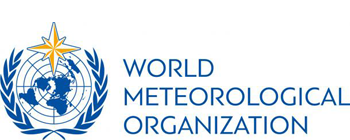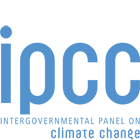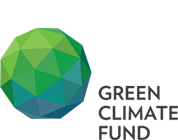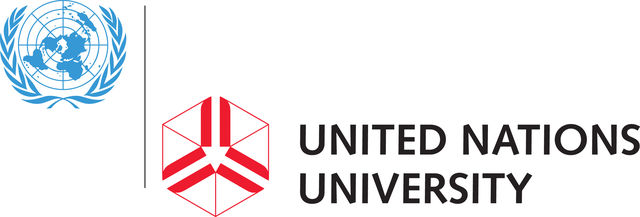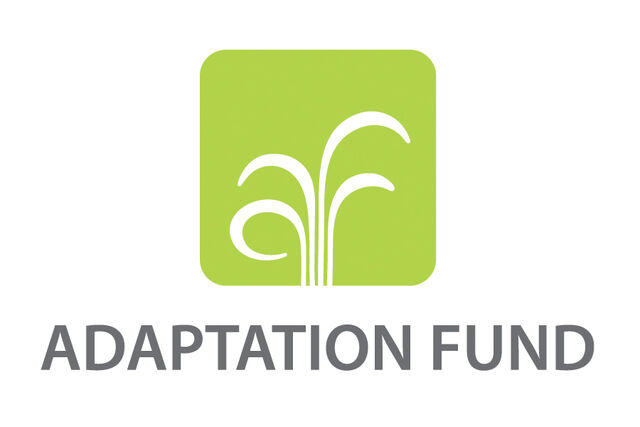This guidance responds to the climate change risks by updating and improving existing guidance for assessing climate change vulnerability, impacts, and adaptation, covering the range of available approaches, methods, and tools.
Climate change poses a wide range of risks – and, in some cases, opportunities – to human and natural systems around the world. In order to understand and address these risks and opportunities, stakeholders need clear technical guidance that combines robust science with explicit consideration of user needs at local, national, and international levels. The guidance is structured along a five-stage iterative adaptation learning cycle:
- Identifying adaptation needs: What impacts may be expected under climate change? What are actors’ vulnerabilities and capacities? What major decisions need to be addressed?
- Identifying adaptation options: How can the specific risks and opportunities that were identified be addressed? There may be several options available to achieve the desired goals.
- Appraising adaptation options: What are the pros and cons of the different options, and which best fit the adaptation actors’ objectives?
- Planning and implementing adaptation actions: After an option is chosen, implementation can begin. The focus here is on practical issues, such as planning, assigning responsibilities, setting up institutional frameworks and taking action.
- Monitoring and evaluation of adaptation. As measures are implemented, the process is monitored and evaluated to ensure it goes as planned, identify any problems, document the outcomes achieved, change course as needed, and draw lessons from the experience.


